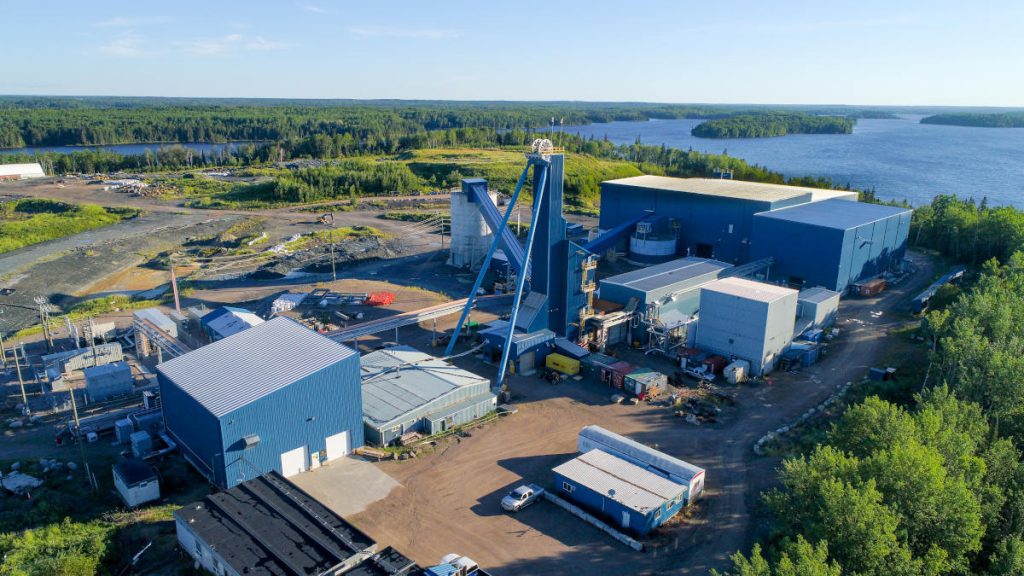Battle North starts 22,000-metre drill program in Red Lake

Following on last week’s announcement that it would be going ahead with construction of the Bateman gold project in Red Lake, Battle North Gold (TSX: BNAU; OTCQX: BNAUF) has started a C$7-million 2021 exploration program, which includes up to 22,000 metres of drilling across its 288-sq.-km property. This is the first major exploration campaign on these holdings in over 10 years.
Drilling is underway at the McCuaig target, 8 km southwest of Bateman, with the first hole now completed and sent for assaying.
The developer is planning to complete up to 6,400 metres this year at the McFinley and Pen zones, which lie along a 4-km trend potentially accessible from underground workings targeting the existing F2 deposit. In December, Battle North released an initial resource for McFinley; an initial resource for Pen is expected by the end of the first quarter. Both zones remain open. This year’s drilling will target the depth extensions of these zones, while also infilling McFinley.
McCuaig is currently Battle North’s top priority – historical drilling in this area returned high-grade intervals and it lies at the intersection of two structural trends. After McCuaig, drilling is expected to shift to the Humlin South target, 7 km southwest of McCuaig. Both targets feature favourable host rocks and are adjacent to major regional unconformities. A total of 5,500 metres (2,500 metres for McCuaig and 3,000 metres for Hamlin) is scheduled for these areas.
A rig is also expected to be mobilized to the East Bay target shortly. East Bay, 5 km northeast of Bateman, is in a geological setting analogous to F2; 3,800 metres is budgeted for this target.
A further 3,300 metres is allocated for the Slate Bay target, 10 km west of Bateman, with historical indications of various gold mineralization types. Battle North is also planning 3,000 metres to test targets in the Advance-Wolf Bay area, 30 km southwest of the project. This zone shows strong alteration and shearing, with potential for low-grade bulk gold-copper porphyry mineralization, and is adjacent to regional unconformities.
(This article first appeared in the Canadian Mining Journal)
More News
{{ commodity.name }}
{{ post.title }}
{{ post.date }}



Comments